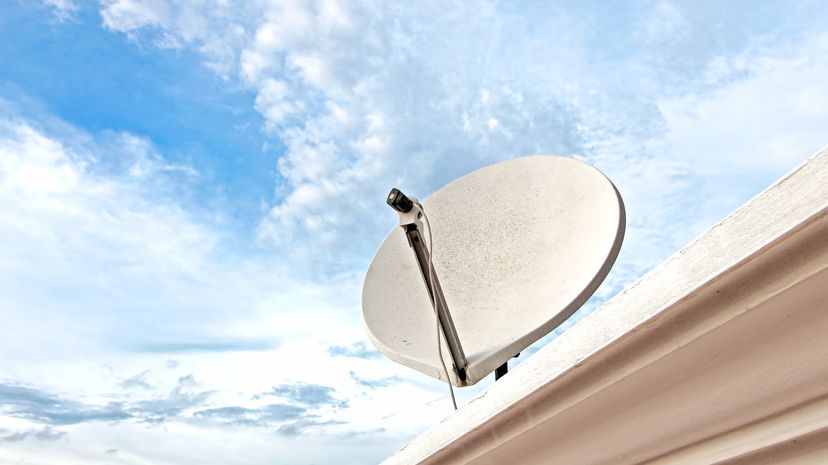At the broadcast center, the high-quality digital stream of video goes through an MPEG encoder, which converts the programming to MPEG-4 video of the correct size and format for the satellite receiver in your house.
Encoding works in conjunction with compression to analyze each video frame and eliminate redundant or irrelevant data and extrapolate information from other frames. This process reduces the overall size of the file. Each frame can be encoded in one of three ways:
- As an intraframe, which contains the complete image data for that frame. This method provides the least compression.
- As a predicted frame, which contains just enough information to tell the satellite receiver how to display the frame based on the most recently displayed intraframe or predicted frame. A predicted frame contains only data that explains how the picture has changed from the previous frame.
- As a bidirectional frame, which displays information from the surrounding intraframe or predicted frames. Using data from the closest surrounding frames, the receiver interpolates the position and color of each pixel.
This process occasionally produces artifacts -- glitches in the video image. One artifact is macroblocking, in which the fluid picture temporarily dissolves into blocks. Macroblocking is often mistakenly called pixilating, a technically incorrect term which has been accepted as slang for this annoying artifact. Graphic artists and video editors use "pixilating" more accurately to refer to the distortion of an image. There really are pixels on your TV screen, but they're too small for your human eye to perceive them individually -- they're tiny squares of video data that make up the image you see. (For more information about pixels and perception, see How TV Works.)
The rate of compression depends on the nature of the programming. If the encoder is converting a newscast, it can use a lot more predicted frames because most of the scene stays the same from one frame to the next. In more fast-paced programming, things change very quickly from one frame to the next, so the encoder has to create more intraframes. As a result, a newscast generally compresses to a smaller size than something like a car race.
Encryption and Transmission
After the video is compressed, the provider encrypts it to keep people from accessing it for free. Encryption scrambles the digital data in such a way that it can only be decrypted (converted back into usable data) if the receiver has the correct decryption algorithm and security keys.
Once the signal is compressed and encrypted, the broadcast center beams it directly to one of its satellites. The satellite picks up the signal with an onboard dish, amplifies the signal and uses another dish to beam the signal back to Earth, where viewers can pick it up.
In the next section, we'll see what happens when the signal reaches a viewer's house.








